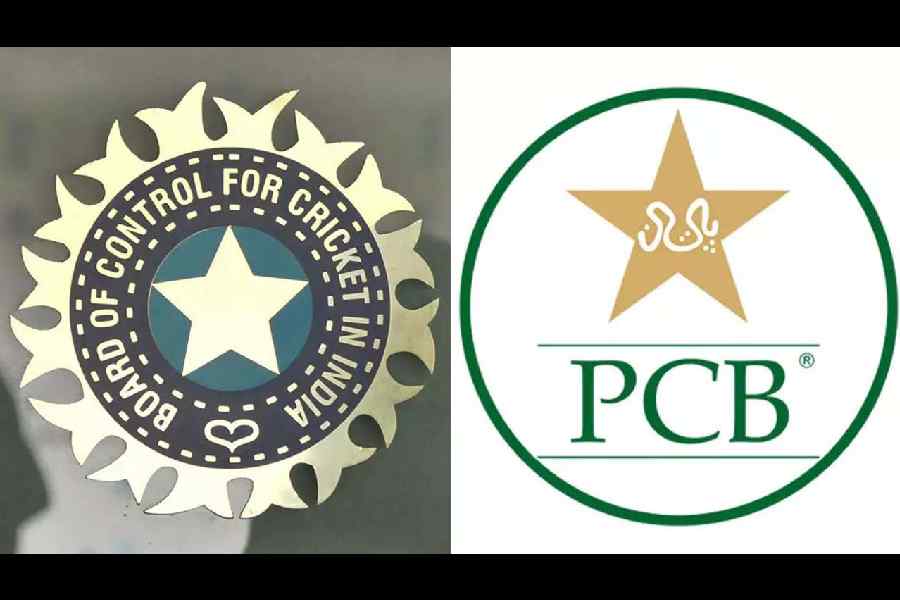A chapter on ayurveda in a Class XI textbook from the National Council of Education Research and Training (NCERT) contains “overstated claims” and exaggerates the antiquity of ayurveda by 1,500 years, an ayurveda physician and scholar has said.
The physician G.L. Krishna, a visiting scholar at the National Centre for Biological Sciences, Bangalore, has said the NCERT’s intent to introduce ayurveda to Class XI students is welcome but the introduction “should not be factually and conceptually misleading”.
An educationist and former chairperson of a textbook panel for the NCERT has also cautioned that misleading content has broader and “serious implications” because textbooks are viewed by students, parents, and teachers as “infallible and inviolable”.
Krishna has questioned parts of chapter 7 in the textbook titled “Knowledge Traditions and Practices of India” that explain ayurveda’s Tridosha theory. According to the theory, health and disease are governed by levels and imbalances in three illness-causing factors called doshas — Vata, Pitta, and Kapha.
While describing the dosha paradigm as a “systems approach to health”, the chapter says: “The Ayurvedic therapeutic strategy is, therefore, different but comprehensive, addressing all causative factors, and incorporating all therapeutically relevant parameters such as medicines, diet, and activities.”
But Krishna has said it would be a “misleading overstatement of facts” to represent ayurvedic concepts as being “the systems approach to health” or being “comprehensive and incorporating all therapeutically relevant parameters”.
“Ayurvedic concepts like the Tridosha theory are basically rough-and-ready models (heuristics) that the ancients devised to systematise their medical experience. Heuristics, being products of commonsensical reasoning are useful, but they are also susceptible to misfires. The methods of science developed precisely to check such limitations of commonsensical reasoning,” Krishna said.
“When rough-and-ready models get misconstrued as comprehensive theories, the results could be wrong diagnoses and mismanagement of the medical conditions,” Krishna added.
Krishna also said the chapter contains a factual error in claiming ayurveda was codified four thousand years ago. “The reality is that the earliest classics of ayurveda date back to circa 6th century BCE,” he said.
Anita Rampal, former dean of education at the University of Delhi and former chairperson of the NCERT’s textbook development committee, said errors in textbooks have “serious implications” because students are taught to view textbooks as the only source of knowledge.
“In our school system, the textbook is taken as the absolute authority and teachers and students have little space to question or even supplement it with other resources,” Rampal told The Telegraph. “Anything found wrong must be acknowledged and corrected.”











